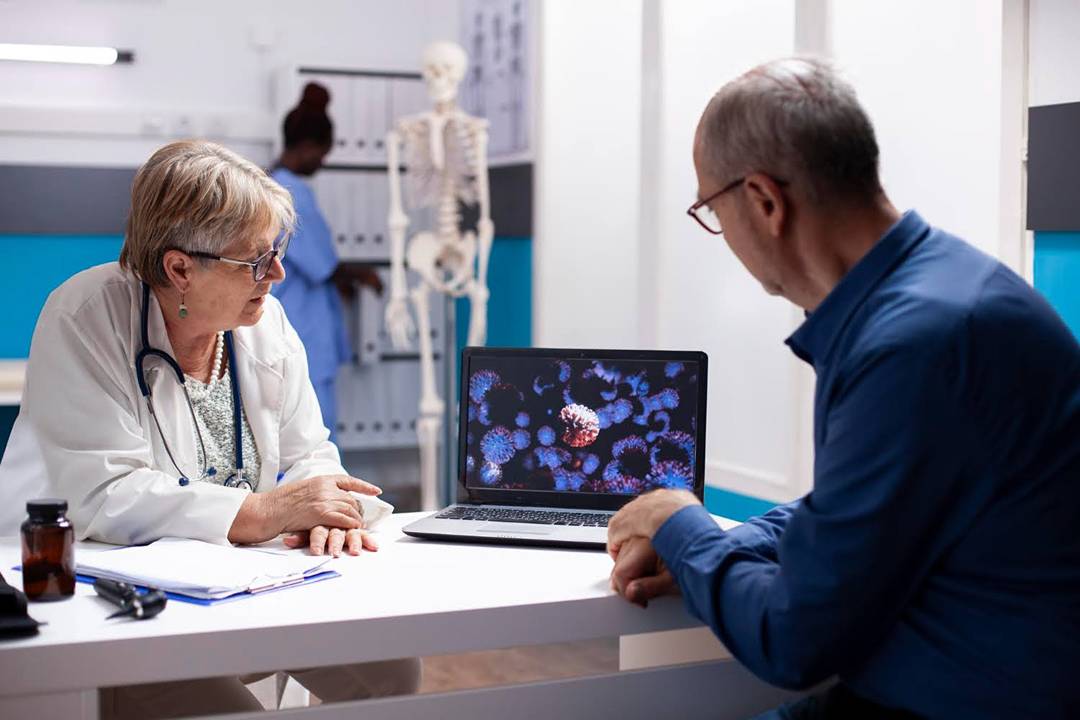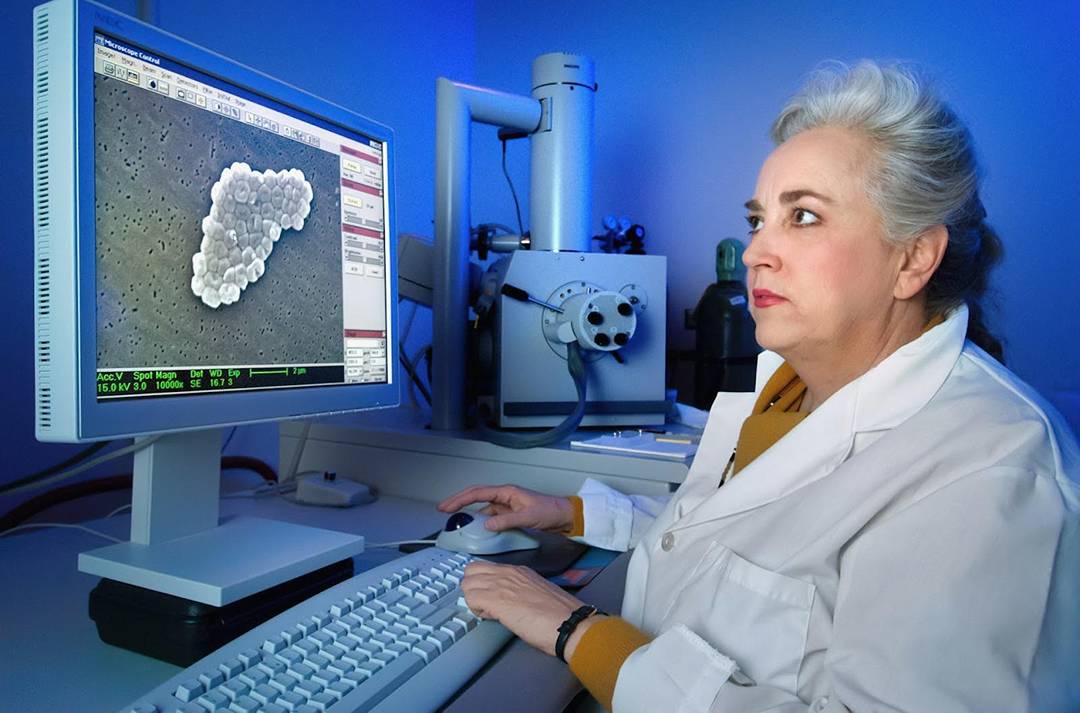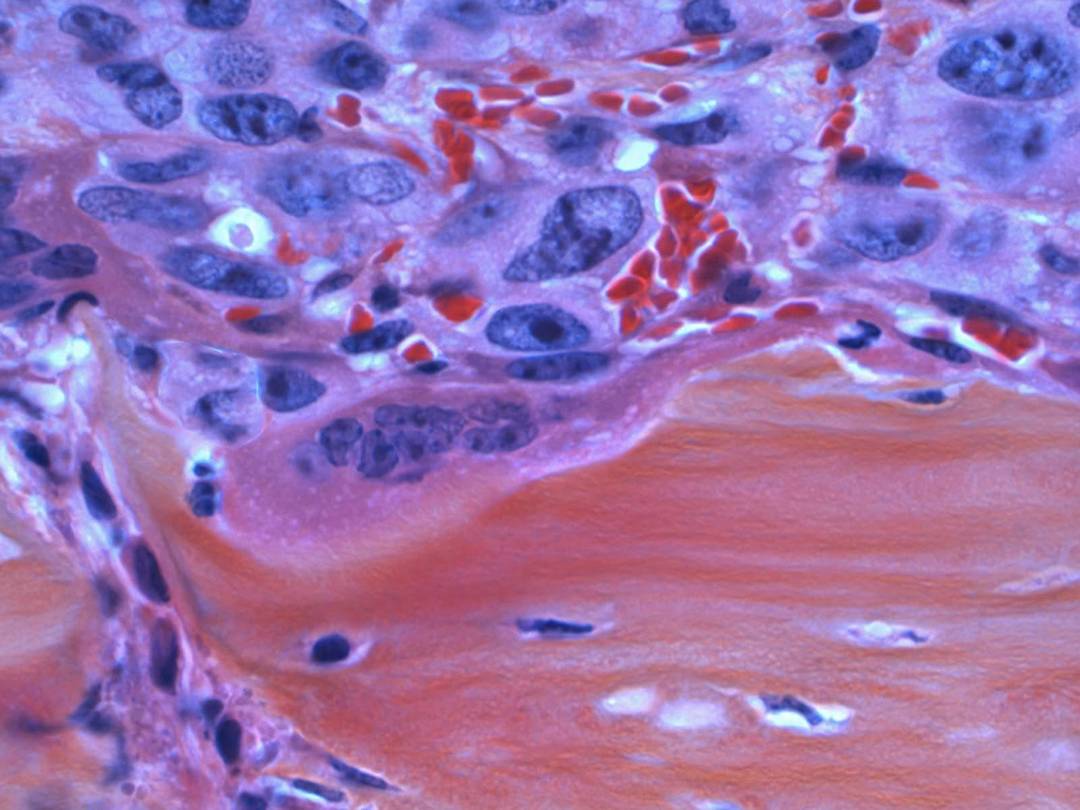
Comprehensive Resources on Tumor Types: A Guide for Healthcare Professionals
Medical professionals face many challenges when dealing with tumor types. It's key to know about all the resources available for accurate diagnosis and care. The National Cancer Institute lists over 100 different tumor types, showing how important it is to have the right knowledge.
Healthcare workers need reliable, up-to-date resources on tumor types. This guide helps them understand different tumor types, how to diagnose them, and the latest research. It's designed to keep them informed and help them make better decisions for their patients.
Doctors will learn about different tumor types, from solid tumors to blood cancers. Each part of the guide gives specific information to help with making decisions and improving patient care.
By using these resources, doctors can better understand tumor types. This helps them make more accurate diagnoses and treatments. The guide will cover tumor types, new technologies, and the latest research in detail.

Understanding the Fundamentals of Tumor Classification
Tumor classification is key in medical diagnostics. It helps doctors understand and sort different abnormal cell growths. Researchers use many methods to identify and classify tumors, making a detailed framework for diagnosis and treatment.
The main ways to classify tumors are through histological and molecular analysis. Histological classification looks at the physical and cellular details of tumors under a microscope. This helps doctors tell benign from malignant growths by looking at cell appearance and tissue structure.
Molecular classification is a newer, more advanced method. It focuses on genetic and molecular markers for deeper insights into tumors. By studying specific genetic mutations and protein expressions, researchers can create more accurate diagnostic tools and targeted treatments.
Doctors use many resources to keep up with the latest in tumor classification. These include big medical databases, research journals, and specialized oncology materials. These help doctors understand the fine differences between various tumor classifications.
Learning about tumor types is an ongoing process. Medical professionals need to keep up with new scientific findings. They must be dedicated to exploring new classification methods to better diagnose and treat patients.
Resources on Tumor Types: Essential Online Databases
Healthcare professionals need reliable resources on Tumor Types to stay current with medical research. Several comprehensive online databases provide critical information for clinicians and researchers investigating different tumor classifications.
The National Cancer Institute's Cancer Data Library is a top resource for tumor types. It offers extensive genomic data, clinical trials, and detailed tumor classifications. This database has searchable platforms that help medical professionals quickly find specific tumor characteristics.
The World Health Organization's International Agency for Research on Cancer (IARC) database is also valuable. It compiles worldwide tumor type research. This allows healthcare professionals to explore international cancer data and emerging trends in tumor classification.
Specialized molecular databases like cBioPortal provide deep genetic insights into various tumor types. These platforms let medical researchers analyze complex genomic alterations. They help understand the molecular mechanisms behind different cancer developments.
Researchers can use these digital resources to stay up-to-date on the latest in tumor classification. By using these comprehensive databases, healthcare professionals can improve their diagnostic skills. They can also contribute to advancing cancer research.

Latest Diagnostic Tools and Imaging Technologies
Medical imaging has changed how we see tumors. Today, we have tools that give us deep insights into tumors. Doctors use these advanced tools to find, study, and track tumors with great accuracy.
Magnetic Resonance Imaging (MRI) is a key tool. It shows detailed images of tumors, helping doctors spot them more easily. Special agents make these images even clearer, helping doctors tell if a growth is cancerous or not.
Positron Emission Tomography (PET) scanners are another big step forward. They show how tissues work, helping find cancer areas. PET scans give doctors a detailed look at how cells work, something regular scans can't do.
Artificial intelligence is also helping doctors. It looks at imaging data and compares it to huge databases. This means doctors can make quicker and more accurate diagnoses. These new tools are changing how doctors deal with different tumors.
Genetic imaging is taking things even further. It lets us see genetic changes and cell activity at a tiny level. This gives doctors a new way to understand how tumors grow and change.
Common Solid Tumor Types and Characteristics
Solid tumors are a big focus in medical research and diagnosis. They are abnormal tissue masses that can grow in many organs. Knowing about different tumor types helps doctors find the right treatments.
Breast cancer is a common solid tumor. It's when cells in the breast grow abnormally. Doctors use special markers to diagnose and treat it. Lung cancer is also common, with different types needing specific treatments.
Colorectal and prostate tumors are also important. They grow slowly and can be linked to genes and lifestyle. Thanks to better medical tools, doctors can catch these cancers early and treat them better.
New imaging and genetic tests have changed how we understand tumors. Scientists are finding ways to tell if tumors are cancerous or not. This leads to treatments that fit each patient's needs.
There's a lot of research on tumor types. This knowledge helps doctors diagnose and treat better. Doctors now have advanced tools to study and understand tumors more accurately.

Hematologic Malignancies: A Comprehensive Overview
Hematologic malignancies are complex cancers affecting blood, bone marrow, and lymphatic systems. They need special diagnostic methods and treatment plans. Doctors studying these cancers must grasp their detailed nature.
Leukemias, lymphomas, and multiple myeloma are the main types of these cancers. Each has unique cells and genetic markers for treatment. New diagnostic tools help identify and classify these cancers.
Genetic testing is key in understanding these cancers. It helps doctors choose the right treatments, leading to better patient care. Research aims to find targeted therapies for specific genetic mutations in these cancers.
Clinical labs and oncology centers offer detailed resources on these cancers. This helps doctors make informed decisions. Ongoing research brings hope for better treatments and future discoveries.
Pediatric Tumor Types and Special Considerations
Pediatric tumors are a special kind of cancer that needs a unique approach. Unlike adult cancers, they have different genetic and biological features. This means they need specific treatments and tests.
Doctors dealing with these tumors must know the big differences in how cancer grows in kids. The most common tumors in kids are brain tumors, leukemias, lymphomas, and solid tumors like neuroblastoma and Wilms tumor. These tumors often have different genetic patterns than adult cancers.
It's vital for healthcare providers to have the right resources for treating pediatric tumors. Places like the National Cancer Institute's Pediatric Oncology Branch and the Children's Oncology Group are key. They provide the latest research and advice for doctors. This helps doctors tailor treatments to each child's needs.
When it comes to treating kids, age is a big factor. Young bodies react differently to treatments, so doctors must be careful. They use genetic tests, advanced imaging, and team care to help kids.
Knowing the special needs of pediatric tumors helps doctors give better care. This care not only fights cancer but also looks after the child's overall health.
Rare and Unusual Tumor Classifications
Medical experts face a world of rare tumors that push the limits of traditional diagnosis. Understanding these tumors is key, thanks to resources on tumor types. Some rare tumors have complex genetic changes seen in less than 1% of cancer cases.
Spotting unusual tumors needs special knowledge and advanced tests. Doctors and pathologists work together to study these tumors' unique features. Genetic tests and molecular profiles are crucial for identifying these rare types.
There are specific rare tumor types like neuroendocrine tumors and desmoid tumors. Even rarer are certain soft tissue sarcomas. Medical databases offer a wealth of information on these rare tumors, aiding doctors in their diagnosis.
Groups like the National Cancer Institute keep vast collections of rare tumor data. Scientists are always finding new ways to classify and treat these rare cancers.
Doctors interested in rare tumors should keep learning and join research groups. Going to conferences and joining clinical studies can deepen their knowledge of these complex conditions.
Treatment Approaches Based on Tumor Types
Cancer treatment has changed a lot in recent years. Now, doctors tailor treatments to each tumor type. This is because each tumor is different, needing its own plan. Resources on tumor types help make these plans, aiming for the best results for patients.
Older treatments like surgery, chemotherapy, and radiation are still key. Surgeons use new imaging to remove tumors with less harm. Genetic tests help pick the right chemotherapy drugs, targeting cancer cells without harming healthy ones.
Targeted therapies are a big step forward in fighting cancer. They attack specific parts of cancer cells, stopping them from growing. Immunotherapy also helps, making the body's immune system fight cancer better.
Precision medicine is changing cancer treatment even more. It looks at tumors at the genetic level to find new treatments. Clinical trials are testing new ways to fight cancer, giving hope to those with tough diagnoses.
Working together and using the latest info on tumor types helps doctors. Patients get care that's both new and made just for them, thanks to this teamwork.
Emerging Research and Clinical Trials
The field of tumor types research is changing fast. It's giving doctors new ways to diagnose and treat cancer. Clinical trials are at the forefront of this change, helping us understand and treat tumors better.
Scientists are using advanced tools like genomic sequencing to learn more about tumors. This helps doctors give more tailored treatments. Places like the National Cancer Institute are looking for doctors to join important studies.
Doctors can find out about clinical trials on sites like ClinicalTrials.gov. These sites have all the details on ongoing studies. They help doctors keep up with the latest in cancer research.
New technologies like liquid biopsies and AI are changing how we classify tumors. They're helping find genetic changes early, which could lead to better treatments. This could change how we catch and treat tumors.
Doctors are urged to look into current clinical trials. By joining these studies, they can help shape the future of cancer treatment. This can lead to better care for patients.
Professional Development and Educational Resources
Healthcare professionals looking to grow their knowledge on tumor types have many options. They can keep learning and stay up-to-date with new research and techniques. This is key for professional growth in oncology.
Online courses now focus on tumor types, making it easier for doctors to learn. The American Society of Clinical Oncology (ASCO) and National Cancer Institute offer great resources. They have webinars, workshops, and training modules on tumor types.
Networking is also important for growth. The American Association for Cancer Research (AACR) Annual Meeting is a great place to meet others. Here, professionals share ideas, discuss new ways to classify tumors, and explore new research.
Digital learning sites like Coursera and edX work with top medical schools. They offer courses and certification programs in oncology. These help doctors keep up with the latest in tumor research and technology.
Medical associations are key for ongoing learning. They give access to journals, databases, and resources on tumor types. This ensures doctors are always up-to-date with the latest in cancer care and treatments.
By investing in ongoing learning, healthcare professionals can give better care. They also help in leading new cancer research.
Conclusion
Understanding tumor types is complex and requires ongoing learning. Healthcare professionals who learn about different tumors can greatly help patients. This guide shows how important it is to know about tumor types in today's oncology.
Doctors need to keep learning and using the latest tools and research. This helps them create better treatment plans for each patient. Joining professional groups and attending conferences is also key for sharing knowledge and insights.
Oncology is always changing with new research and tools. Doctors who keep up with these changes can give better care. By learning and using new technologies, they help in cancer research and treatment.
The journey of learning about tumors is never-ending. It challenges doctors to stay curious and keep improving care. By doing this, they can offer the best cancer care possible.

Comments (0)